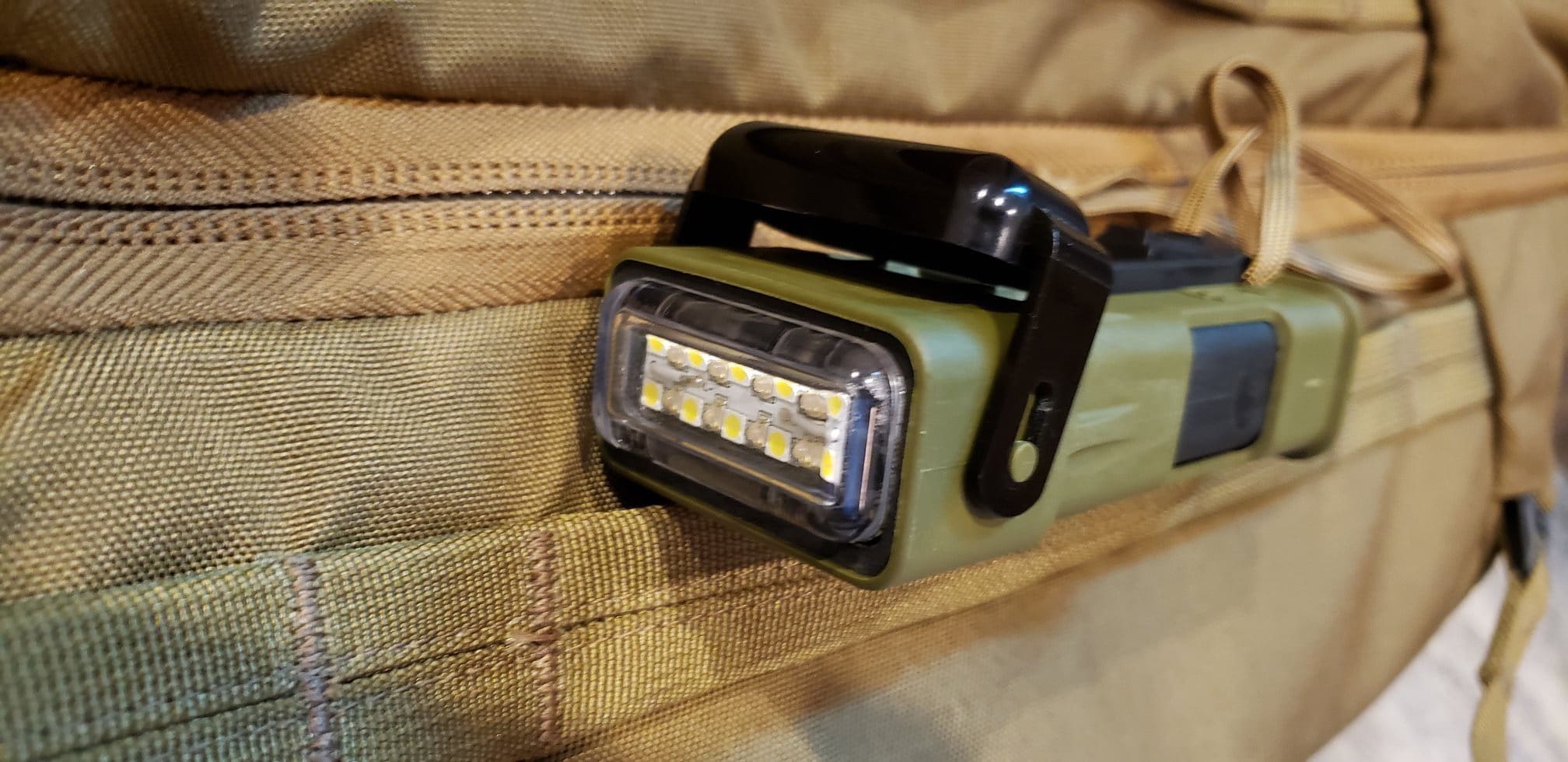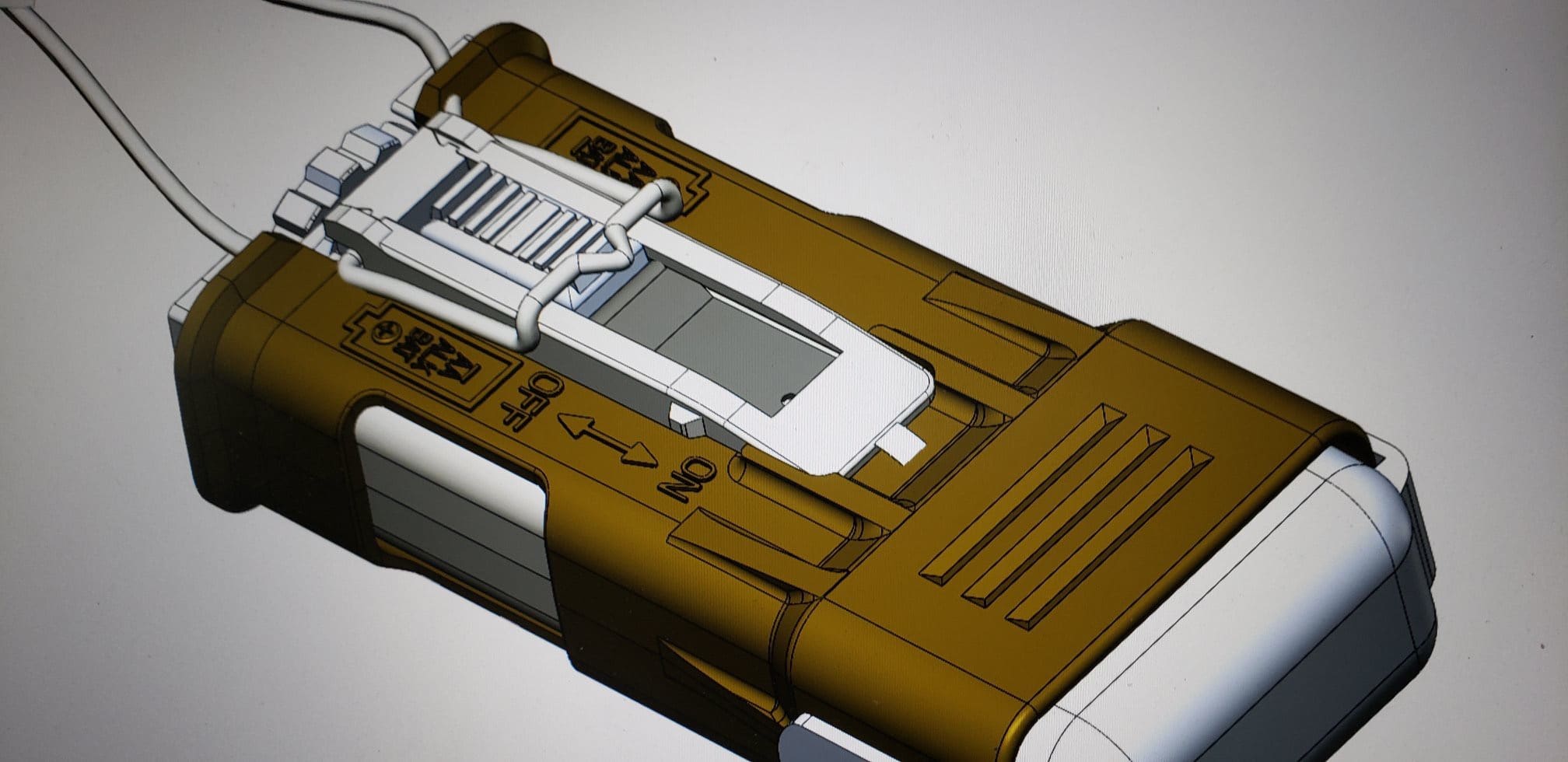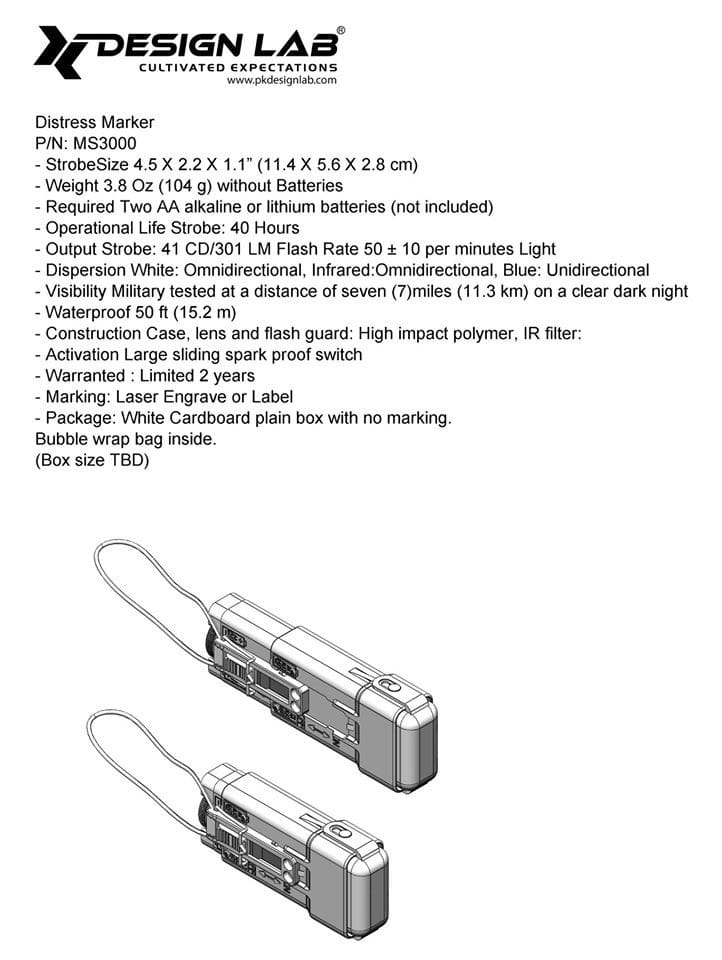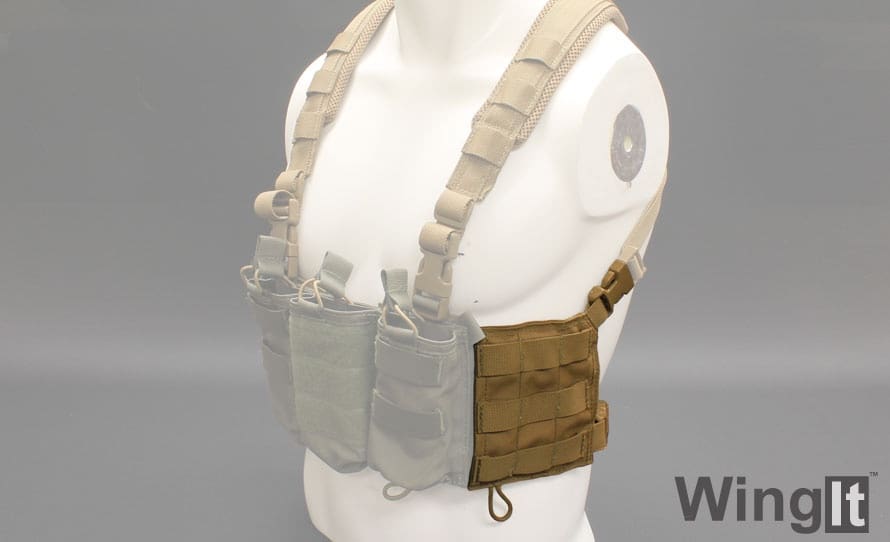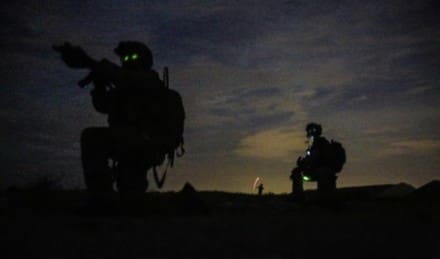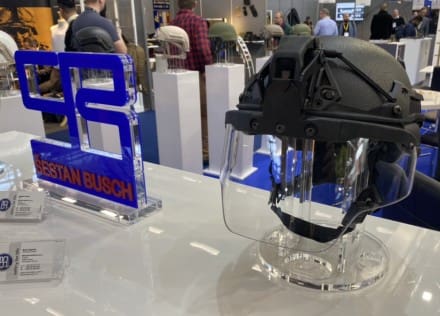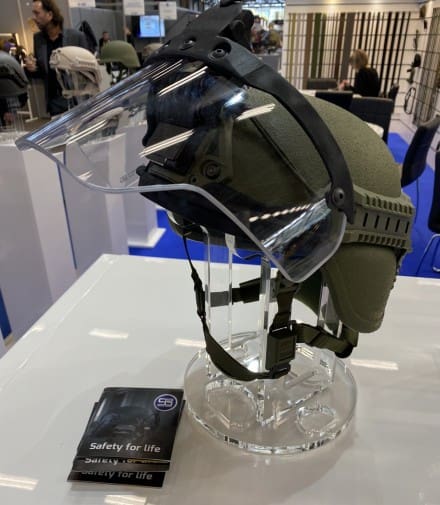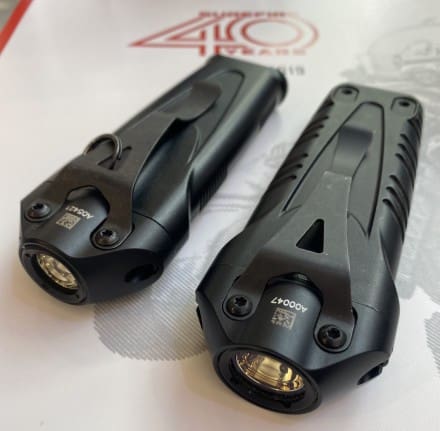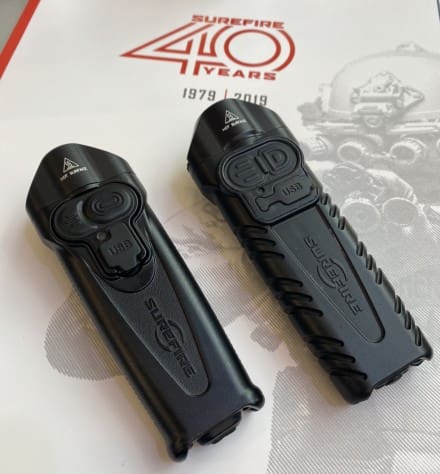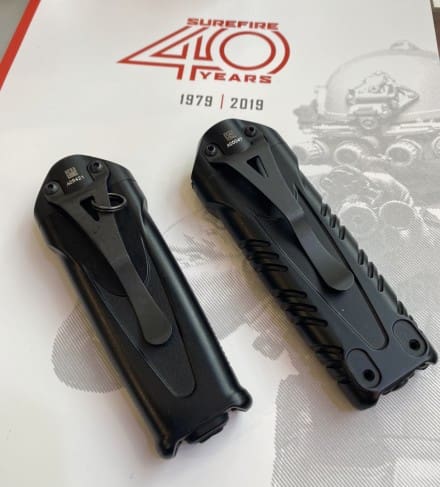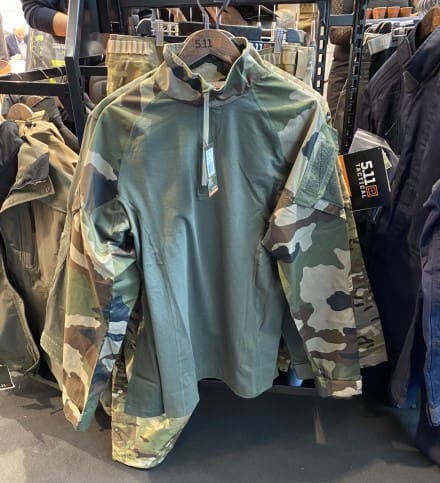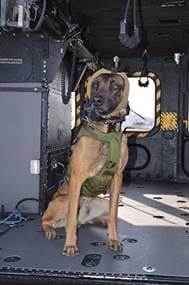
RESEARCH TRIANGLE PARK, N.C. (Nov. 20, 2019) — Military working dogs played a vital role in the recent raid and death of ISIS leader Abu Bakr al-Baghdadi; however, temporary and permanent hearing loss due to high-decibel noise in training, transport and operations put these animals at risk. Now, thanks to an Army small business innovation program, canines may have new gear to protect their ears.
Zeteo Tech, Inc., in partnership with Pete “Skip” Scheifele M.D., Ph.D., a retired Navy lieutenant commander, professor at the University of Cincinnati and leading animal audiology expert, developed the Canine Auditory Protection System, known as CAPS, to prevent short-term hearing loss in military working dogs.
“Even a short helicopter flight can affect a dog’s hearing, resulting in impaired performance and inability to hear the handler’s commands, which can hinder the mission,” said Dr. Stephen Lee, senior scientist at Army Research Office. “This new technology protects the canine while on missions and can extend the dog’s working life.”
The U.S. Army Medical Research and Development Command supported the program as a part of a Small Business Innovation Research grant managed by ARO — an element of U.S. Army Combat Capabilities Development Command’s Army Research Laboratory.
Military workings dogs are used for a variety of roles, including tactical operations, patrol, detection and specialized search. Until now hearing protection systems available were rigid, cumbersome and hard to put on the dog, with limited effectiveness in testing for the protection of canine hearing.
The CAPS uses lightweight, high-quality acoustic absorption materials to block unwanted sounds. Unlike conventional canine hearing protection, this solution is constructed of flexible materials that conform to the unique shape of a dog’s head. This flexibility ensures proper sealing around the ear and maximum sound reduction.
The snood-style headgear, resembling a close-fitting hood, uniformly distributes the pressure required to hold the hearing protection in place, while avoiding challenges associated with straps. At a little more than an inch thick, the device’s low profile will not be a hindrance for dogs working in tight spaces. It is also compatible with other gear used by working dogs, such as goggles.
The research team tested the headgear extensively with military working dogs, as well as federal law enforcement working dogs, for wearability, usability and comfort. The team also measured the hearing protection effectiveness during helicopter operations and found a significant reduction in short-term hearing loss.
“This new technology will extend canines ability to work in a wide range of environments in combination with the Soldier and autonomous systems that could greatly enhance situational awareness of the individual Soldier in the future and empower a broader use for military working dogs in operations,” Lee said.
“Zeteo Tech is excited to provide CAPS in response to a critical need for effective canine hearing protection in demanding environments,” said Michael McLoughlin, vice president of Zeteo Tech, Inc.
McLoughlin said Zeteo Tech is a Maryland-based small business founded in 2013 and dedicated to “developing and delivering solutions to address the health and welfare of the military and others who serve the nation.”
By U.S. Army CCDC Army Research Laboratory Public Affairs


